If you love hearing news or current events on the AM radio, it can be a pain in the ears to hear any hissing and buzzing sounds brought on by poor reception. So, we looked for ways to improve your radio's AM reception at home, and here is what we discovered.
There are several ways to improve your AM radio reception, you can:
- Relocate your radio.
- Examine the coverage region to see if the station you are attempting to connect to is there.
- Directly point your radio's antenna to the station.
- Replace your old AM radio with a digital one.
- Amplify the AM radio signal by using an external antenna. You can either buy a new one or make an improvised antenna.
- If none of the above-mentioned solutions worked, it's time to call a professional to examine or fix the radio.
Keep reading as we elaborate on how each of the said fixes works. Additionally, we'll give a guide on how to make a DIY external antenna. We'll also share with you the possible reasons why you're experiencing interruptions with your AM radio reception.
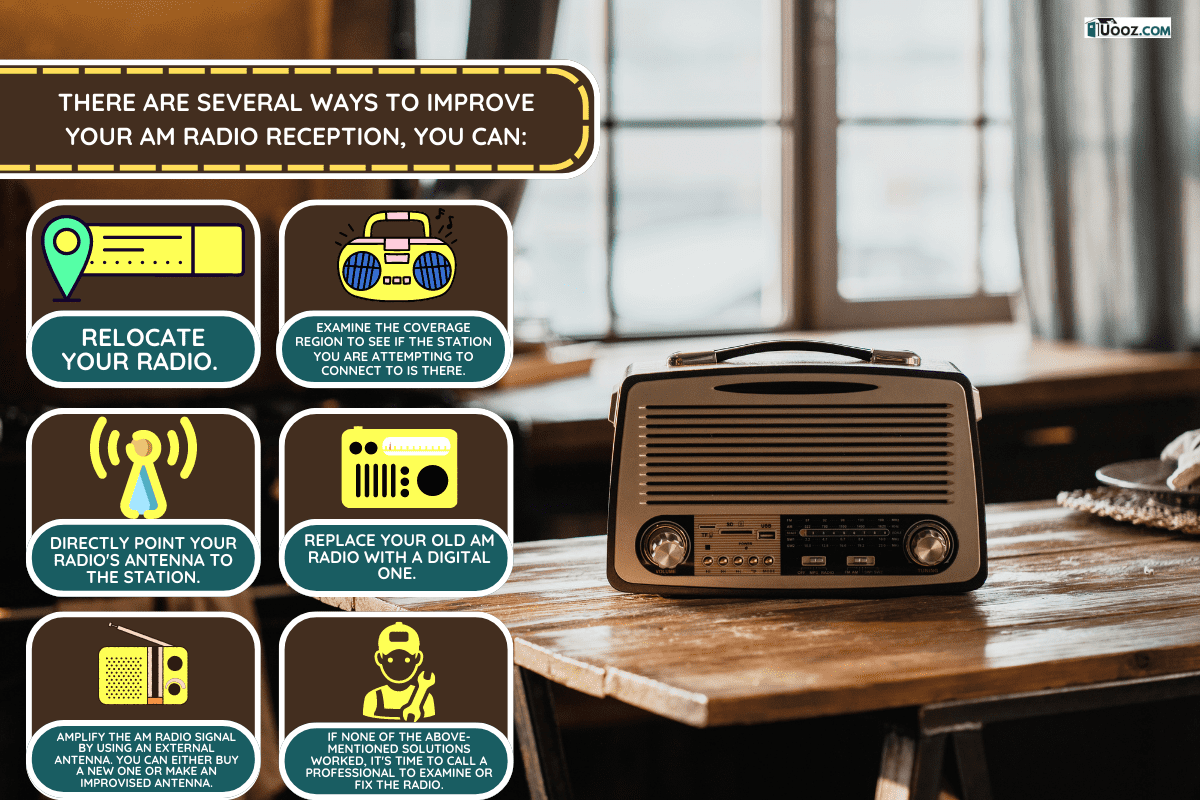
How Does Relocating The Radio Help In Improving Its AM Reception?
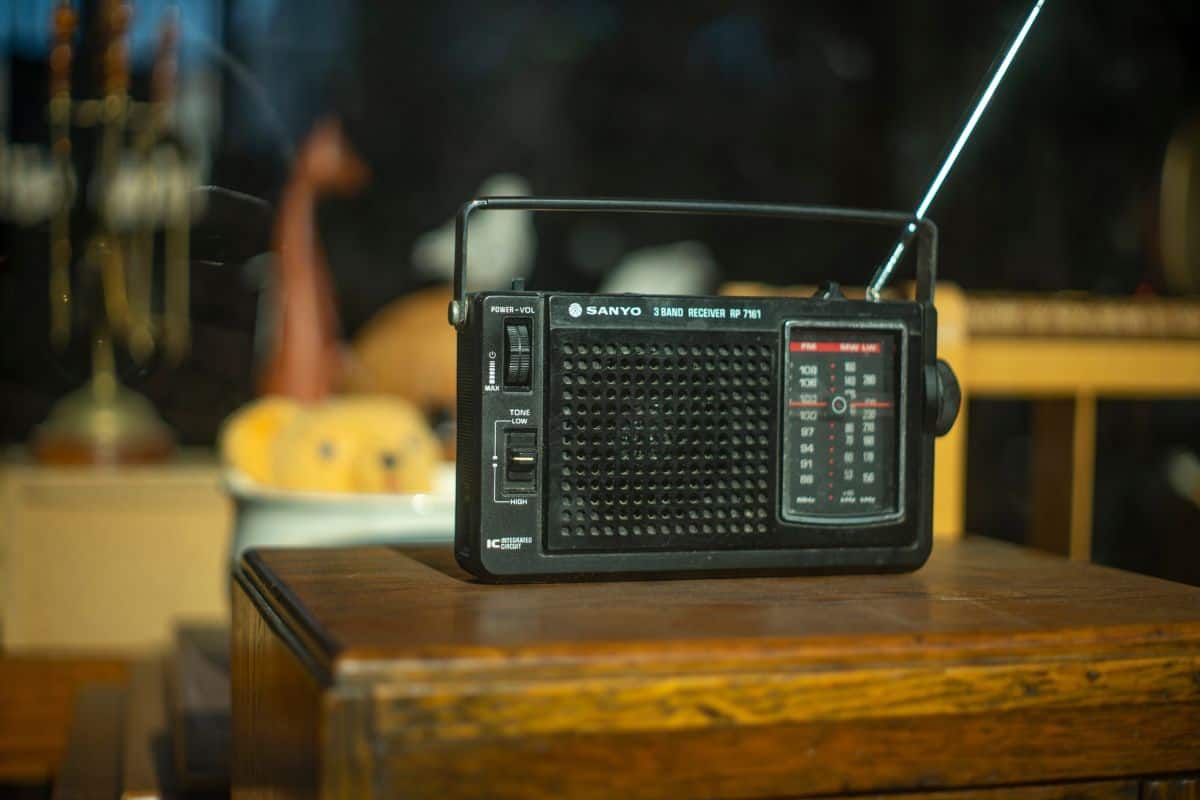
One of the easiest but most powerful ways to improve the signal is to move your radio. By doing this, you can see where there is more static by listening to the radio in various rooms in the house.
If there are no power lines that extend several meters into your field of vision, placing your radio close to a window will increase your reception. Moving your radio as far away from the window as you can is preferable in this situation because there is a good chance that it may produce interference.
How Do You Check If There Is An AM Station Near You And How To Locate It?
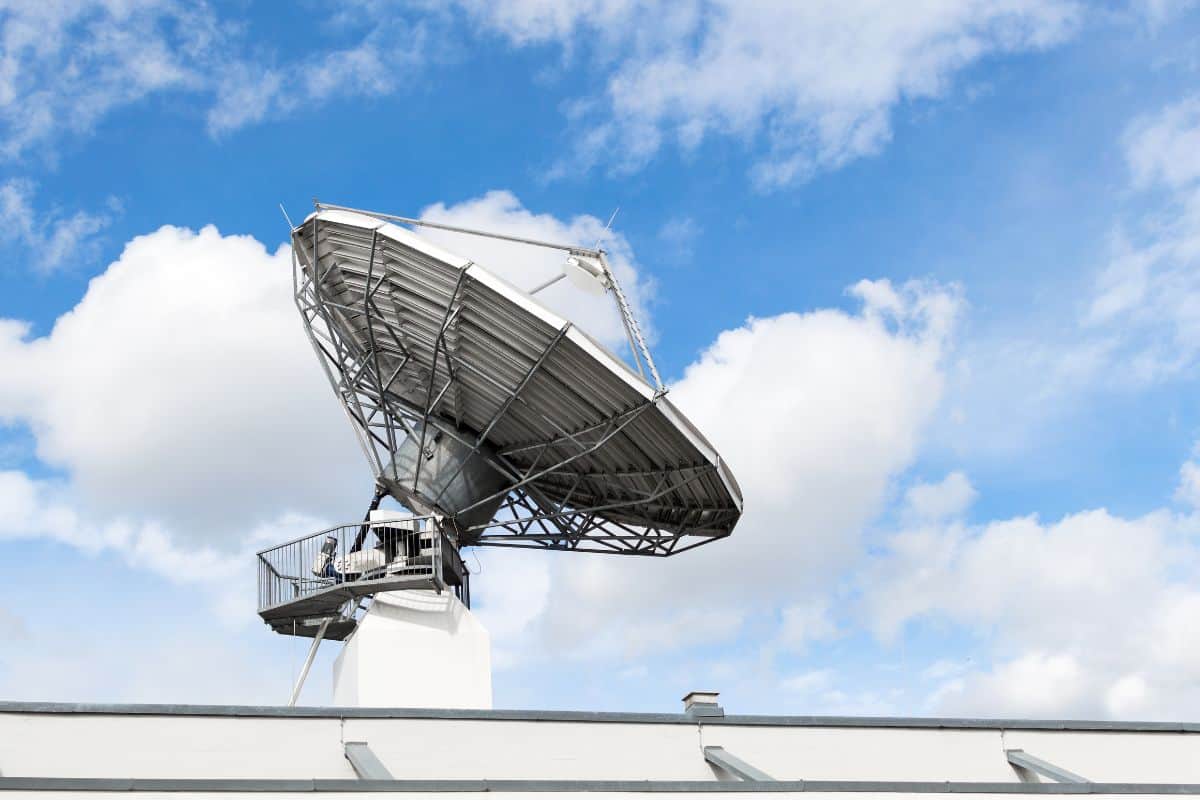
Both then and now, the majority of AM radios are quite directional, with a "null," or point where the signal fades out, on either side of the integrated antenna. You can show this by setting the radio to a weak AM signal and then slowly rotating the device.
There are two locations where the station vanishes or gets incredibly weak, 180º apart from one another. These are the locations where the long, narrow antenna, which is present in most portable radios, is pointed directly at (or away from) the station.
Fortunately, the FCC website makes it simple to find this information in the United States. You can search a specific station, all stations in a given state, or all stations that are close to a specific place. You may get the precise latitude and longitude of the transmitter by clicking on the station's call letters.
Why Should You Switch To A Digital Radio?
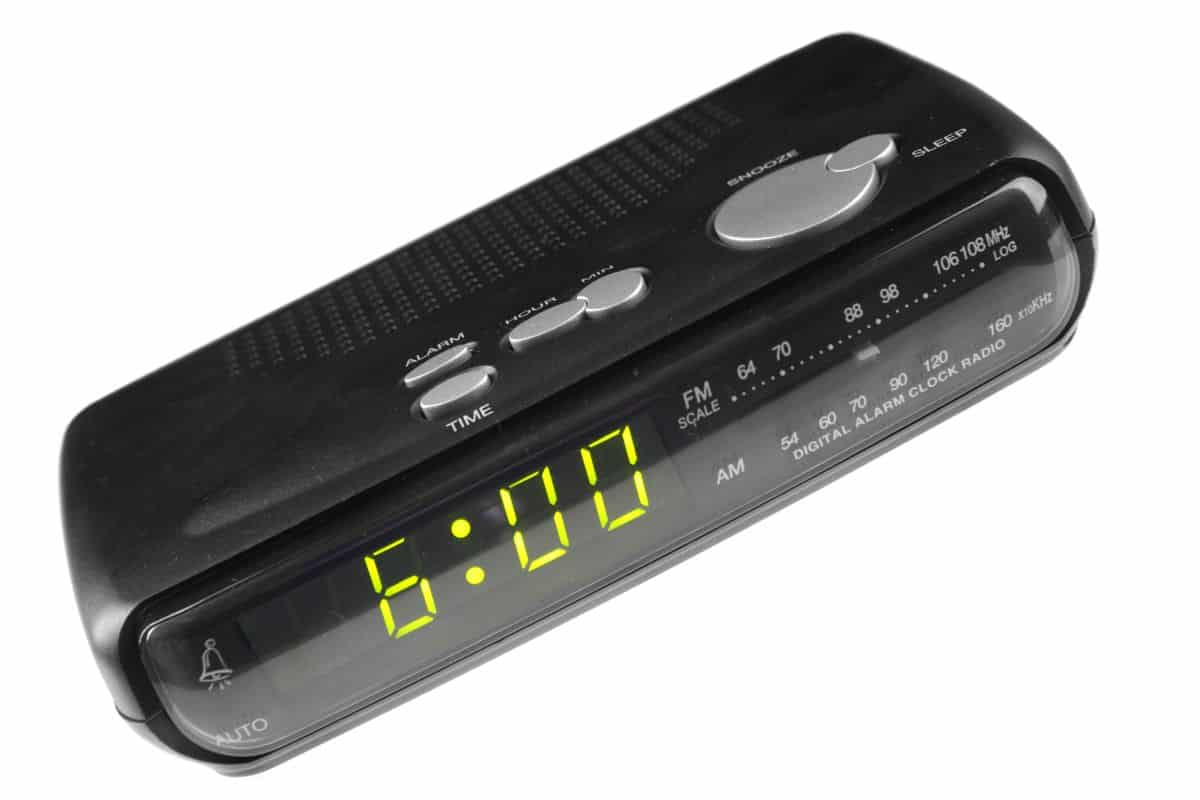
Older radios are the analog models, which have been around for more than a hundred years. They move sine wave information to the receiver through a transmitter. It is user-friendly and affordable but prone to weather disturbances.
For more reliable and stronger signals, digital AM radios are good options. They have better reach to improve the overall sound quality. The main issue is that it is prone to lags.
Here are some advantages of switching to digital radios:
- Both analog and digital radios can transmit over the same distance, but a digital radio will stay audible and clear to the outside of the covered area. An analog radio will gradually lose volume, and the message will become muddled as users walk further from the zone.
- The use of digital radios enables widespread communication on a single channel without disruption or privacy concerns.
- With the ability to ignore all other sounds and concentrate just on voice, digital radios produce exceptionally clear audio.
- Analog and digital radios use about the same amount of power when in standby mode, but once they start broadcasting, digital radios can last up to 40 percent longer than analog.
- 3-5 year warranties are provided with digital radios.
- Because they are software-based, digital radios can have their capabilities upgraded. A variety of new software programs are now available for use with digital radios, including:
- a one-touch emergency button that immediately alerts others in case of an issue;
- a "lone worker" safety alert that notifies crew leaders in case a user is in danger;
- remote radio controls to turn radios on or off, change the channel, turn up the volume, or track a specific radio location; and
- even an app to interrupt the signal in case of an emergency.
Click here for this product on Amazon.
What Are The Benefits Of Adding An External Antenna For Your AM Radio?
The antenna is crucial for radio reception and can be a very easy technique to improve reception. Radio performance is significant as well.
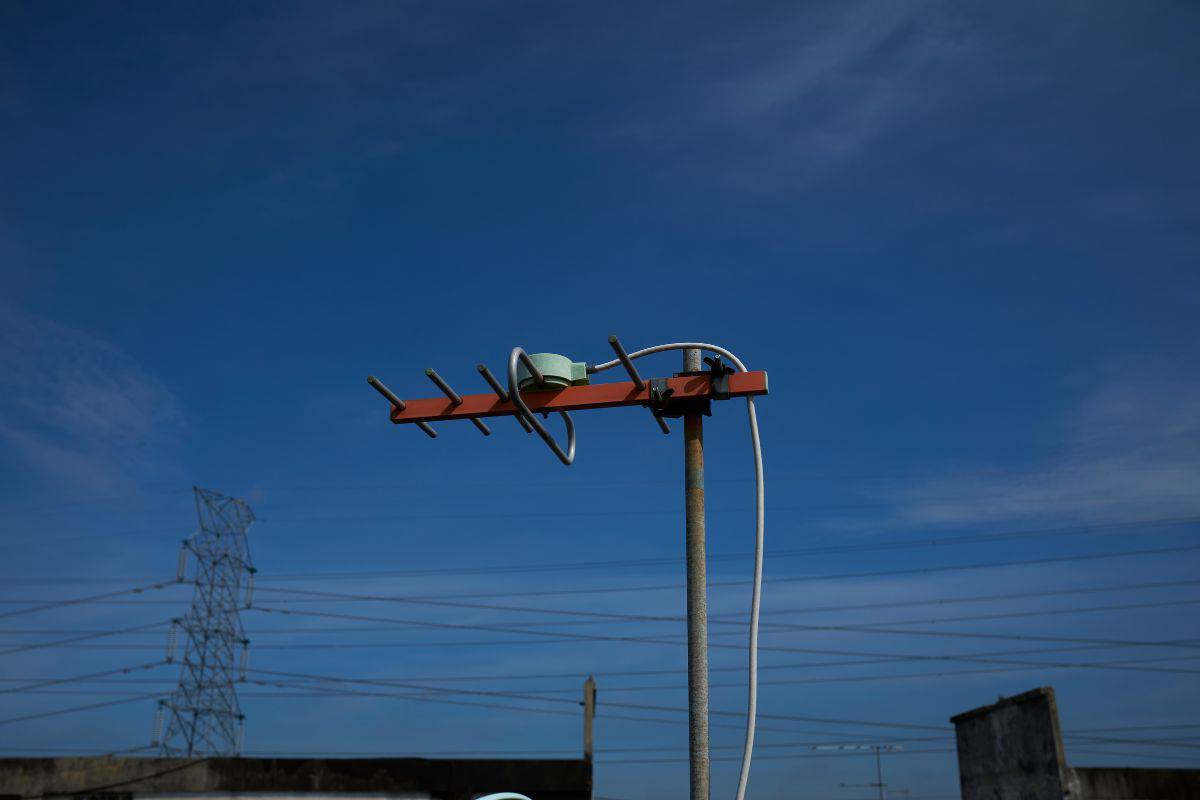
A straightforward wire antenna would probably be helpful if your radio has an external antenna connection on the back. A more complex antenna in your attic or on your roof is also an option.
These are the benefits of adding an external antenna to your AM radio:
- They are simple to integrate. Typically, external antennas are made to be "plug-and-play" accessories that pair with a transmitter using a certain connector.
- Since the majority of external antennas are "ground plane independent," they are the perfect choice for those who are looking for a solution with a quicker time-to-market and fewer design resources.
- Overall, because of their bigger size, external antennas have better range and sensitivity. When compared to their internal counterparts, this frequently yields a greater rating gain (dBi).
- External antennas provide more directed behavior for applications where signal emissions must be focused in a particular direction due to their higher strength.
Click here for this product on Amazon!
How To Make A DIY External Antenna
If you don't want to buy an external antenna, you can make one! You can follow the steps in this simple guide:
1. Create A Wire Coil
Make a seven-turn coil that is three inches long. Using ties or tape, form a circle. You must have at least 60' of your antenna wire connected to the associated alligator clip.
Leave enough wire because the coil's other end will connect to the ground stake. The ground stake can be inserted into a close, convenient, and secure location.
Click here for this product on Amazon.
2. Extend The Antenna Wire Perpendicularly To Your Desired Station
This implies that if you imagine a line pointing toward the station, you should lay the antenna wire out at a 90-degree angle to that line. The wire can be mounted at any height, but for safety, 8' is recommended.
3. Bare The Wires
Clip the antenna wire's exposed end to the coil using a knife or a pair of diagonal pliers. Alligator clips are not necessary, but they are far more dependable than twisting wires together.
4. Ground The Wire
Clip your wire to a ground material of your choice. If the soil is dry, add water to keep the soil moisturized and to make it more conductive.
5. Test The Reception
Find a very faint station on your radio and tune in. Despite not being necessary, a signal meter is entertaining to watch as it measures gain. When you see an improvement in the station, move the coil closer to the radio.
For this project, you'll need the following items:
- Any type of insulated wire (preferably 100 feet long)
- tape, Zip ties, or twist ties
- Alligator clips (2 pieces)
- Ground stake
- Pipe clamp (must fit with your ground stake)
What Causes AM Radio Reception Interference In Your Home?
Here are some of the things inside and outside your home that can interfere with your AM radio reception:
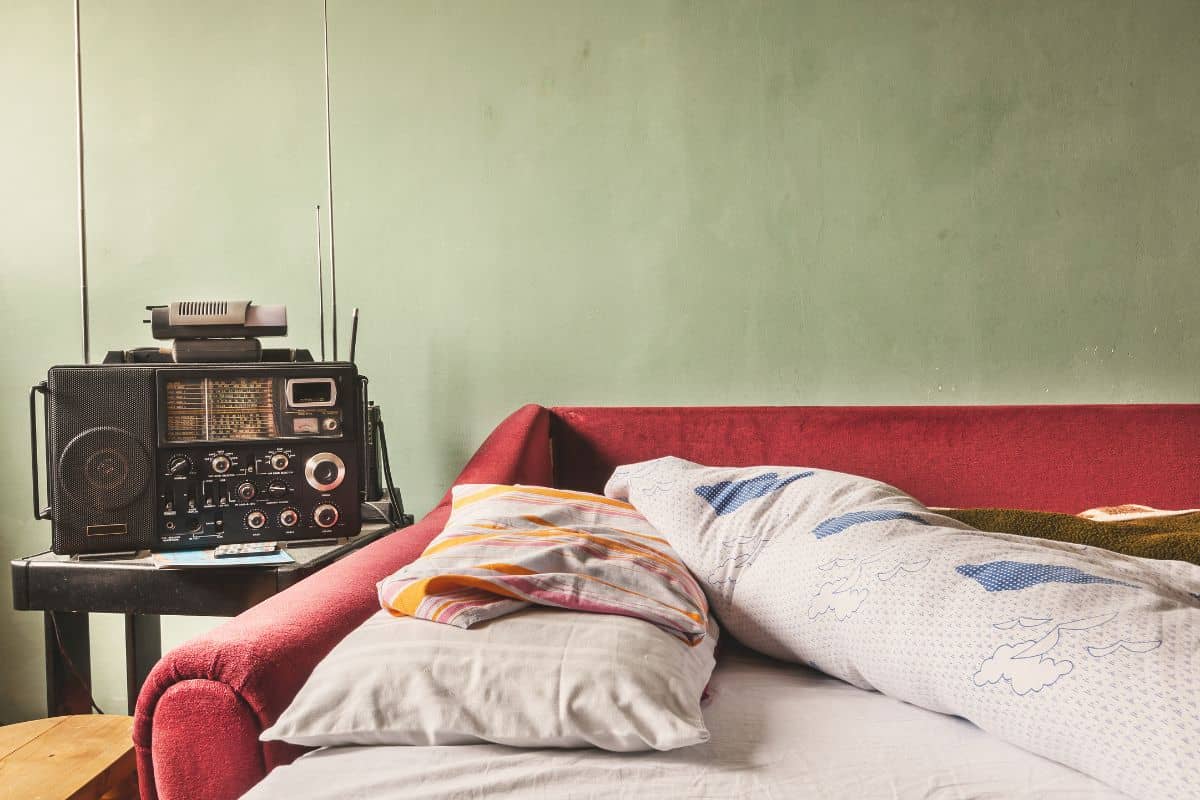
- AM radio waves can be blocked by some objects. The signal will be weakened by obstacles like steel, concrete, aluminum, and other materials.
- A few appliances also obstruct reception. Keep gadgets like computers, TVs, and CD/DVD players away from the AM radio.
- Numerous factors from outside your home can also obstruct reception. Power lines can interfere with AM radio reception, particularly when it's windy, warm, or dry.
- Another issue could be dew in an electrical line, pollution, salt, or dust.
- It can also be a concern if there are street lights outside your house. Try to test the radio both during the day and at night when the lights are out.
In Closing
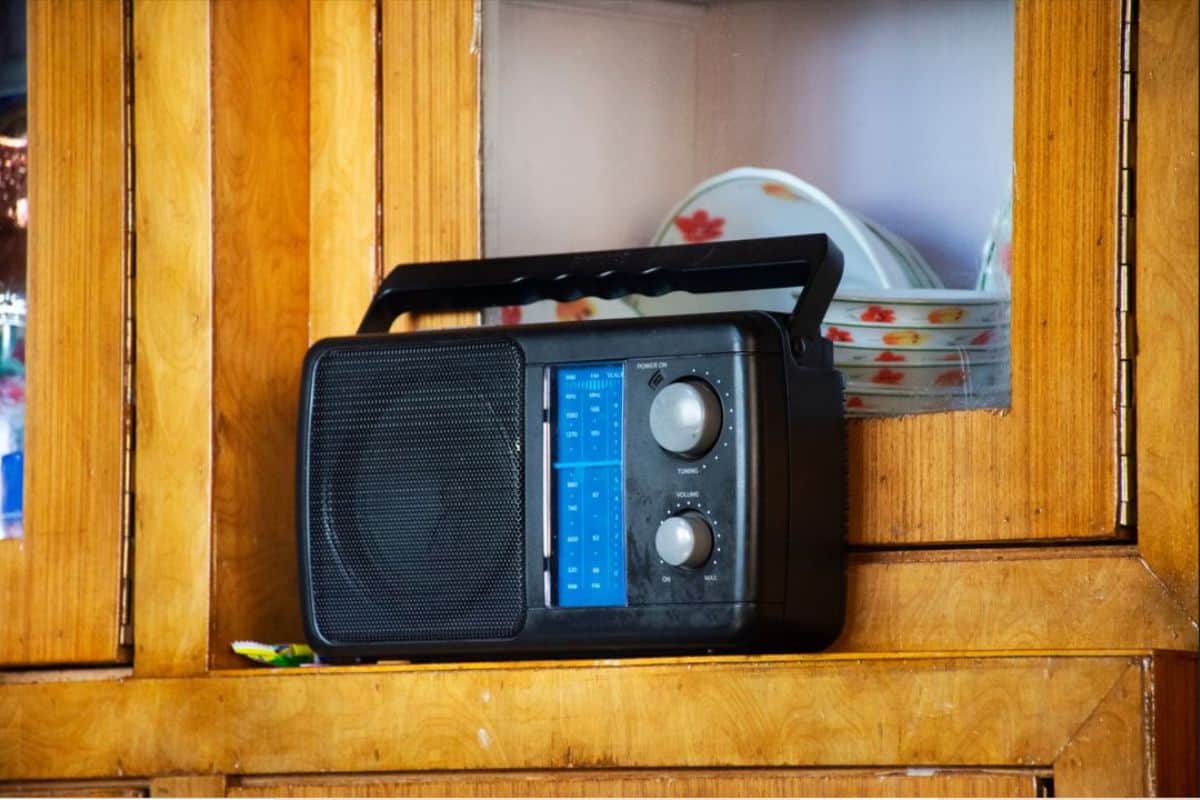
The most simple solution to improve the reception of your AM radio at home is relocating your radio- if you have a portable one.
Also, if you can, locate the direction of the station nearest to you. Facing your radio in the station's direction may help improve the reception.
And if you have a few bucks to spare, you can buy an additional external antenna. But if you don't, you can make a DIY one with some spare materials from your home.
If you enjoyed this post, you can check out our other related articles here:




